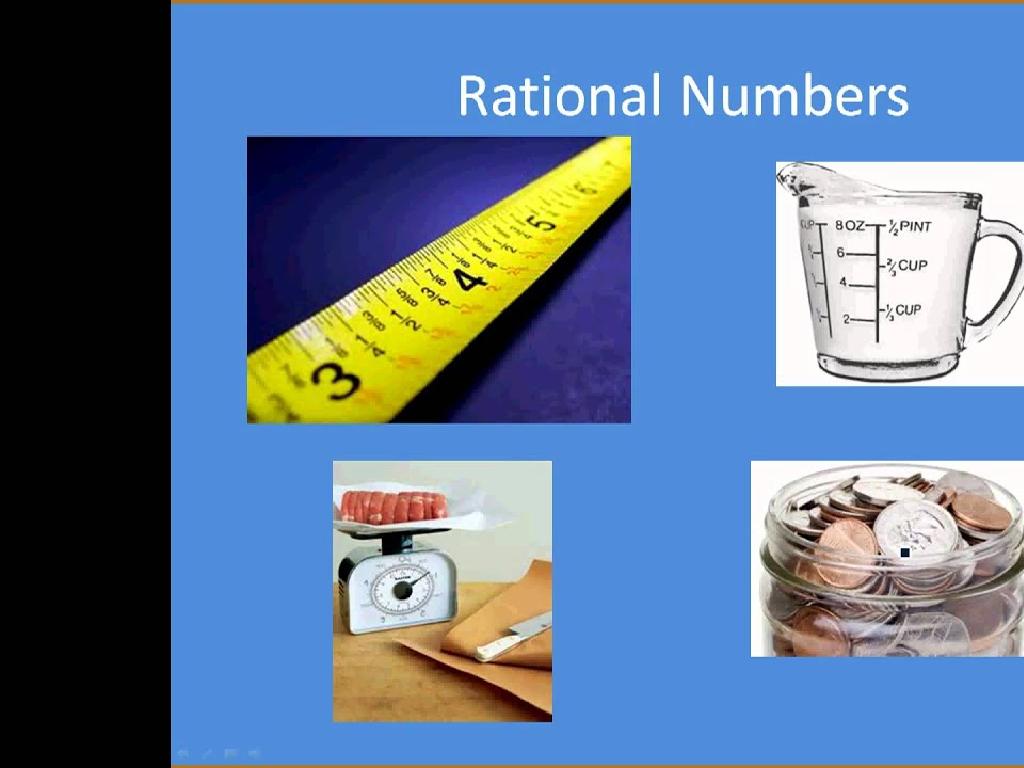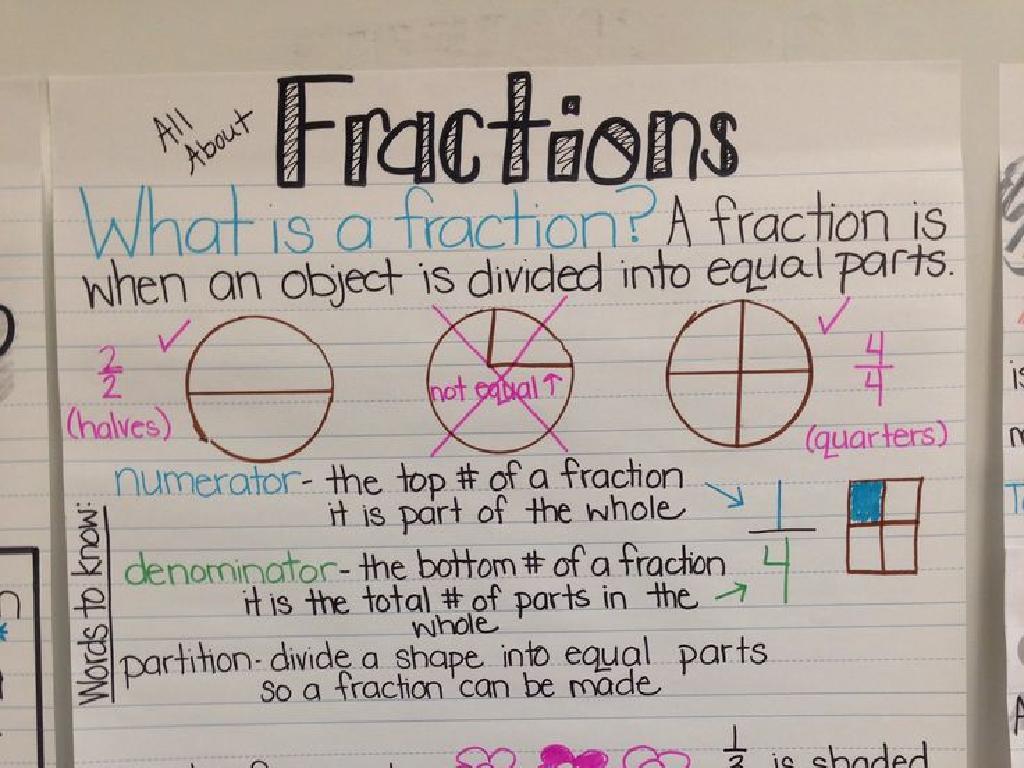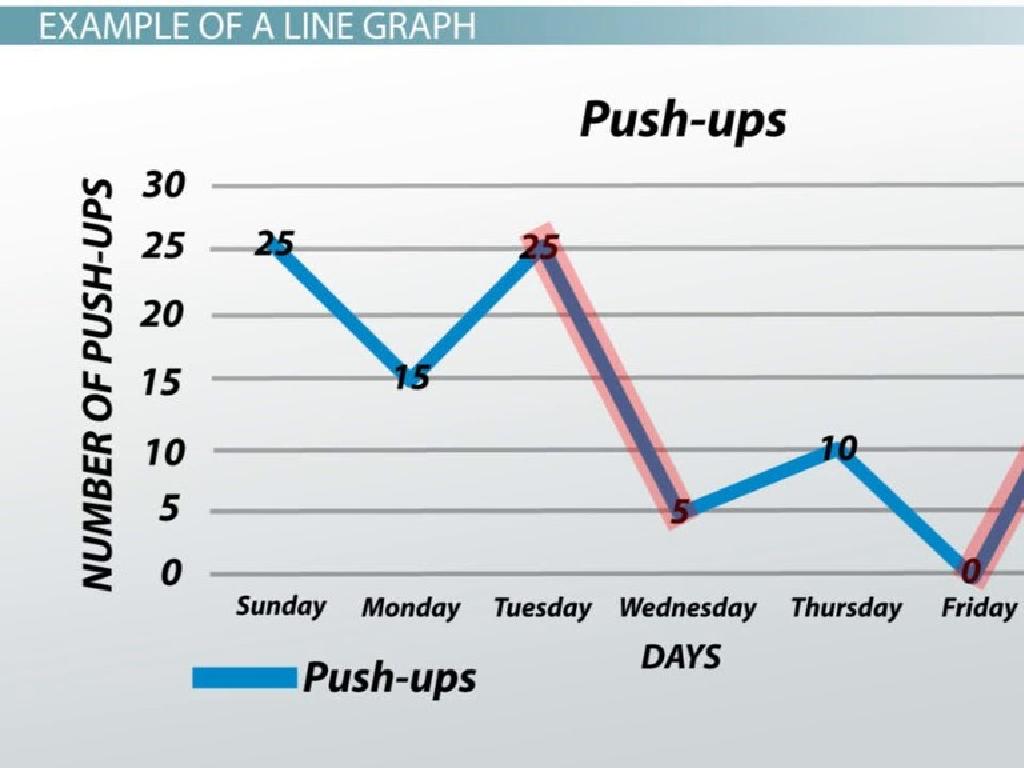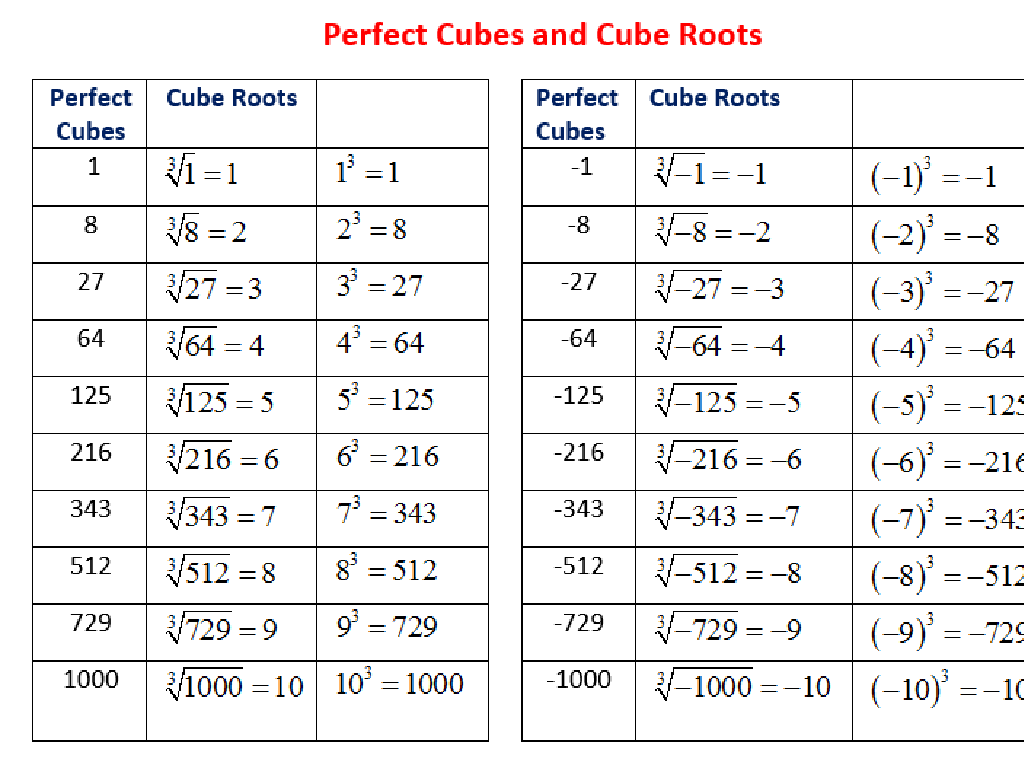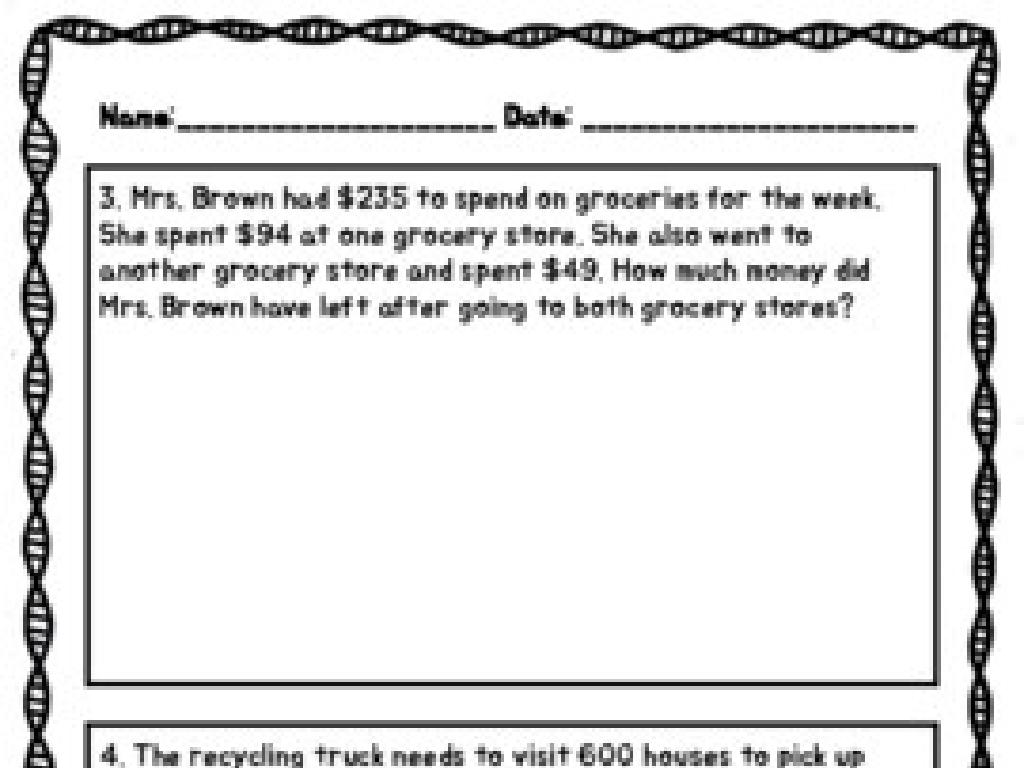Is It A Phrase Or A Clause?
Subject: Language arts
Grade: Eighth grade
Topic: Phrases And Clauses
Please LOG IN to download the presentation. Access is available to registered users only.
View More Content
Understanding Phrases and Clauses
– Defining phrases in sentences
– A phrase is a group of words without a subject-verb pair
– Exploring clauses in sentences
– A clause has a subject and verb, forming a complete thought
– Importance of distinguishing them
– Knowing the difference helps in constructing sentences
– Enhancing writing and comprehension
|
This slide introduces students to the fundamental components of sentence structure: phrases and clauses. Begin by defining a phrase as a collection of words that may have nouns or verbals, but does not have a subject doing a verb. Then, explain that a clause includes a subject and a verb and expresses a complete thought. Emphasize the importance of distinguishing between the two, as it aids in understanding sentence construction, which is crucial for writing complex sentences and improving reading comprehension. Encourage students to identify phrases and clauses in example sentences to solidify their understanding.
Understanding Phrases
– Define a phrase
– A phrase is a group of words without a subject-verb pair.
– Phrase usage examples
– ‘Under the weather’, ‘after the party’, ‘beside the point’
– Identify phrases in context
– Find phrases within a sentence and understand their role.
– Differentiating phrases
|
This slide introduces the concept of a phrase to students. Begin by defining a phrase as a collection of words that act as a single part of speech but do not contain both a subject and a predicate. Provide examples of common phrases and their usage to help students recognize them in everyday language. Then, guide students through exercises to identify phrases within the context of sentences, emphasizing how phrases function as a unit to provide additional information without being complete sentences. Encourage students to differentiate between phrases and clauses by looking for the presence or absence of a subject-verb pair.
Exploring Types of Phrases
– Prepositional phrases
– Begin with a preposition, end with a noun or pronoun, e.g., ‘under the table’
– Gerund phrases
– Start with a gerund, an ‘-ing’ verb acting as a noun, e.g., ‘Swimming is fun’
– Participial phrases
– Begin with a participle, a verb acting as an adjective, e.g., ‘The running water’
– Infinitive phrases
– Start with ‘to’ followed by a verb, e.g., ‘to eat ice cream’
– Appositive phrases
– Renames a noun right beside it, e.g., ‘The insect, a cockroach, is small’
|
This slide introduces students to different types of phrases, which are groups of words that work together but don’t contain both a subject and a verb. Emphasize the function of each type of phrase: prepositional phrases act like adjectives or adverbs; gerund phrases function as nouns; participial phrases describe nouns or pronouns; infinitive phrases can act as nouns, adjectives, or adverbs; and appositive phrases rename or clarify nouns. Provide examples for each to illustrate their use in sentences. Encourage students to create their own examples and identify phrases in sentences as a class activity.
Understanding Clauses
– Define a clause
– A clause is a group of words with a subject and a verb.
– Clause structure examples
– ‘I read’ is a simple clause; ‘I read because I learn’ has two clauses connected by ‘because’.
– Identify clauses in sentences
– Find clauses by looking for the subject-verb pair in a sentence.
– Practice with examples
– We’ll analyze sentences together to spot the clauses.
|
This slide introduces the concept of a clause to the students. Begin by defining a clause as a group of words that contains both a subject and a verb. Provide examples of clauses, showing that they can stand alone as sentences or be part of a larger sentence. Teach students how to identify clauses by finding the subject-verb pairs. Use sentences from familiar texts or create new ones to practice this skill. Encourage students to explain why each example is a clause and to identify the subject and verb. This will help them distinguish between phrases and clauses in future lessons.
Exploring Types of Clauses
– What is an Independent Clause?
– A complete thought that can stand alone as a sentence. E.g., ‘She dances.’
– Understanding Dependent Clauses
– Cannot stand alone and needs an independent clause. E.g., ‘because she was happy.’
– Functions of Relative Clauses
– Describe or give more information about a noun. E.g., ‘The book that I lost.’
– The Role of Noun Clauses
– Acts as a subject or object in the sentence. E.g., ‘What she said was surprising.’
|
This slide aims to differentiate between the various types of clauses. An independent clause is a complete sentence with a subject and predicate that expresses a complete thought. A dependent, or subordinate, clause cannot stand alone and is used in conjunction with an independent clause. Relative, or adjective, clauses act as an adjective to describe a noun and usually start with ‘who,’ ‘whom,’ ‘whose,’ ‘which,’ or ‘that.’ Noun clauses function as a noun within a sentence. Encourage students to create their own examples of each type of clause to deepen their understanding. Discuss how the different clauses can be combined to form complex sentences and enhance writing.
Phrase vs. Clause: Understanding the Differences
– Define a phrase
– A phrase is a group of words without a subject-verb pair.
– Define a clause
– A clause has both a subject and a verb, forming a complete thought.
– Side-by-side examples
– ‘Under the moon’ (phrase) vs. ‘The cow jumped over the moon’ (clause).
– Class quiz activity
|
This slide aims to clarify the distinction between phrases and clauses, which is a fundamental concept in grammar. A phrase is a collection of words that acts as a single part of speech but does not contain a subject-verb pair, hence it cannot stand alone as a complete thought. In contrast, a clause includes both a subject and a verb and expresses a complete thought or idea. Provide clear examples to illustrate the difference, such as ‘under the moon’ as a phrase and ‘The cow jumped over the moon’ as a clause. Conclude the lesson with an interactive quiz where students will identify whether given examples are phrases or clauses, reinforcing their understanding through practice. Prepare a list of examples for the quiz, ensuring a mix of phrases and clauses to test students’ comprehension.
Identifying Phrases and Clauses
– Understanding phrases
– A phrase is a group of words without a subject-verb pair
– Understanding clauses
– A clause has both a subject and a verb, forming a complete thought
– Breaking down complex sentences
– Analyze sentences to distinguish between phrases and clauses
– Group Activity: Phrases vs. Clauses
– Work in groups to identify phrases and clauses in given sentences
|
This slide is aimed at helping students practice the identification of phrases and clauses within complex sentences. Start by explaining the difference between a phrase (a group of words that does not contain a subject-verb pair) and a clause (a group of words that includes a subject and a verb and expresses a complete thought). Use examples to illustrate these concepts. Then, guide the class through the process of breaking down complex sentences to identify the phrases and clauses within them. For the group activity, provide sentences and have students work together to label each part of the sentence as a phrase or a clause. This collaborative exercise will reinforce their understanding and allow them to apply what they’ve learned in a practical setting.
Class Activity: Phrase or Clause?
– Pair up and write sentences
– Include a phrase and a clause
– A phrase is a group of words without a subject-verb pair. A clause has both a subject and a verb.
– Share with the class
– Vote on creative examples
|
This activity is designed to reinforce the students’ understanding of phrases and clauses. Have the students pair up and create sentences that contain both a phrase and a clause. Once they have written their sentences, each pair will share them with the class. After sharing, the class will vote on the examples that are both the most creative and grammatically accurate. This will not only engage the students in learning the difference between phrases and clauses but also encourage them to listen to and evaluate each other’s work. Possible activities for different pairs could include creating complex sentences, identifying phrases and clauses in a given paragraph, or even writing a short story that includes a specified number of phrases and clauses.
Review: Phrases vs. Clauses
– Distinction between phrases and clauses
– Phrases are groups of words without a subject-verb pair, while clauses have both.
– Significance of phrases and clauses
– Grasping these concepts is crucial for sentence construction and comprehension.
– Transition to complex sentences
– Complex sentences contain at least one independent clause and one dependent clause.
– Key takeaways for today’s lesson
|
As we wrap up today’s lesson, remember that understanding the difference between phrases and clauses is essential for constructing grammatically correct sentences. Phrases add detail but cannot stand alone, while clauses can sometimes be complete sentences. This knowledge underpins our ability to analyze sentence structure and will be particularly important as we move on to complex sentences in our next lesson. Ensure students have grasped the key points and encourage them to come up with their own examples of phrases and clauses to solidify their understanding.

